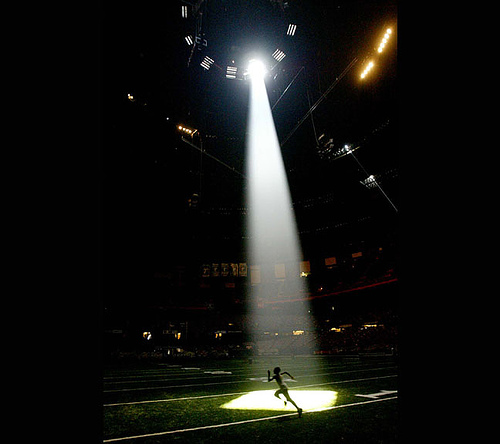Introduction / Issue 16: The Cultural Visualization of Hurricane Katrina
It has been nearly six years since Hurricane Katrina ripped through the Gulf of Mexico cutting a swathe of devastation and shock through the psyche of the American people. Exacerbated by the recent BP oil spill in the region, the storm and its aftermath remains an open wound for local residents and others affected by the disaster,leaving many in the Gulf Coast facing an uncertain future. Between August 23rd and September 1st, 2005, at least 1,836 people lost their lives in the hurricane and subsequent floods. Mass-scale human suffering and overwhelming property damage and losses ensued in the wake of government uncertainty and inept relief efforts. The most severely affected area, New Orleans, which flooded as the levee system buckled to the might of the Category 4 hurricane, continues to reel from the storm and its deeply political consequences today. While tourist attractions do their best to convince us of the city’s recovery, high-water marks scar the exteriors of abandoned buildings, reminding visitors and residents alike of the uncomfortable truths about Hurricane Katrina and the many displaced people who continue to wait to reclaim …


